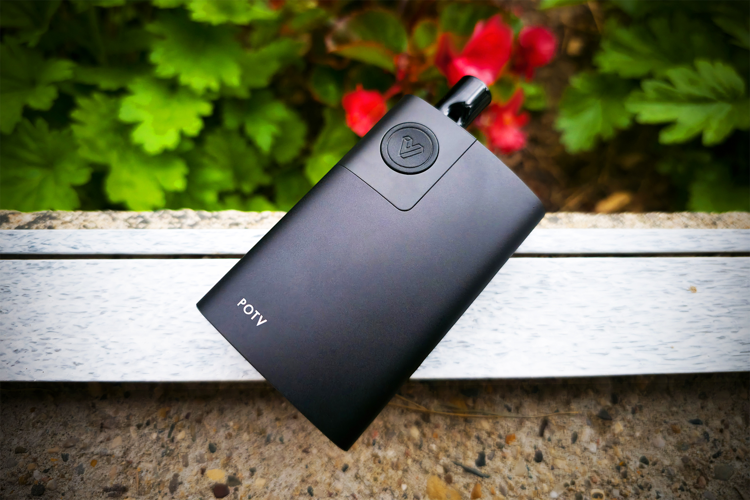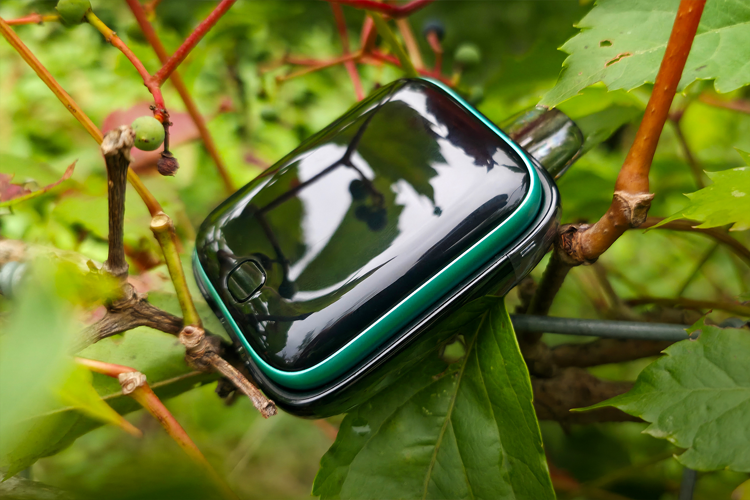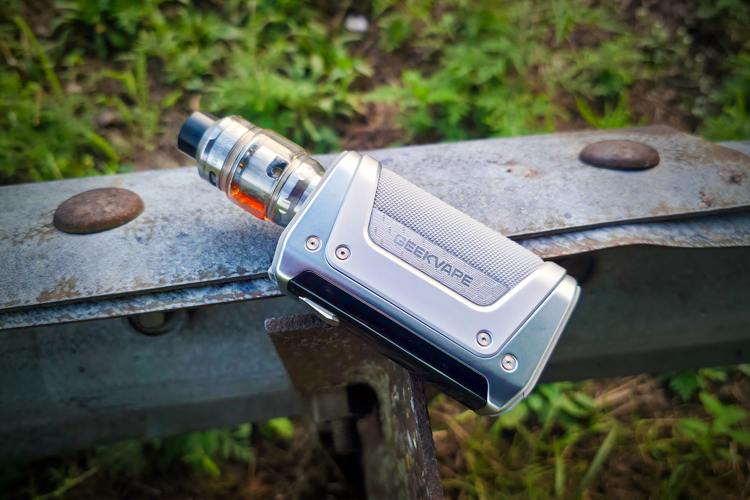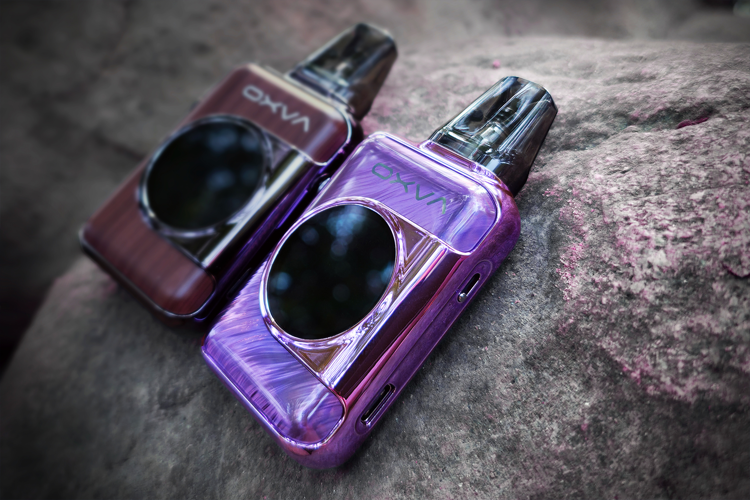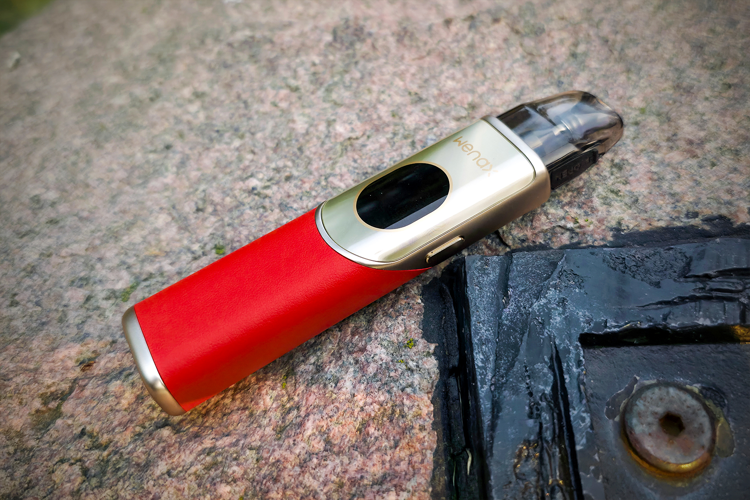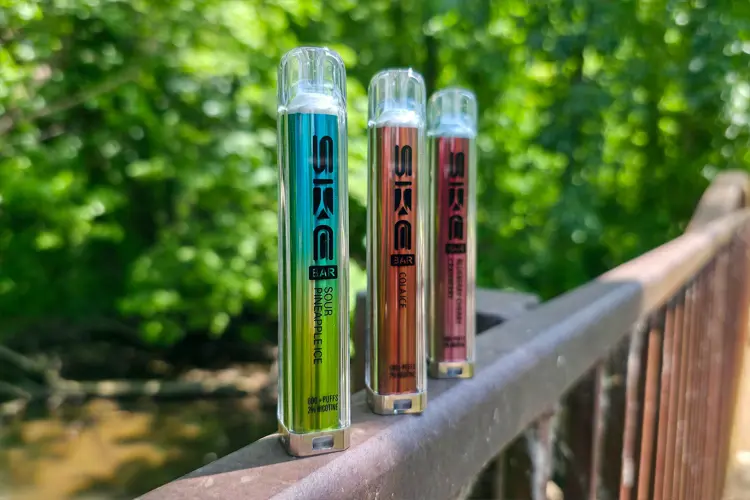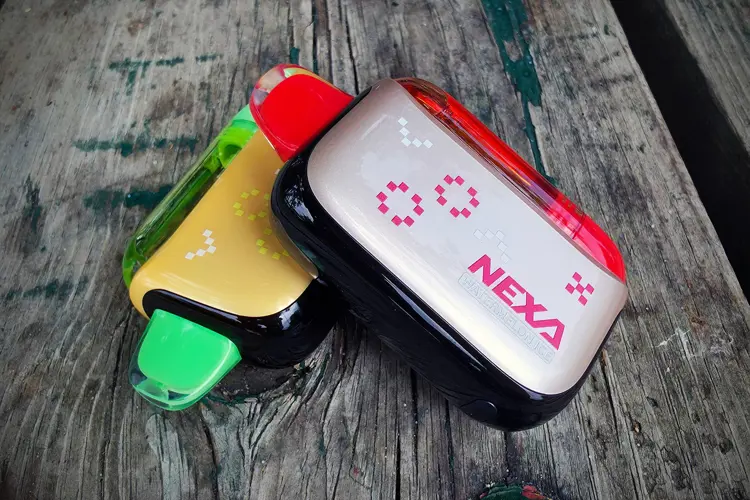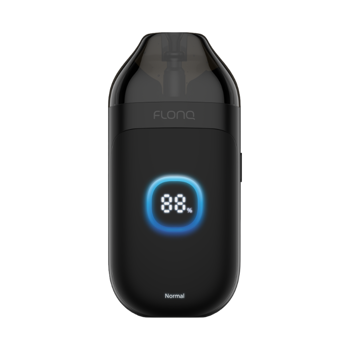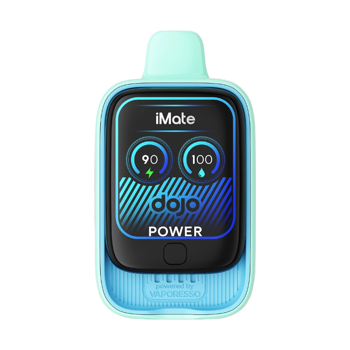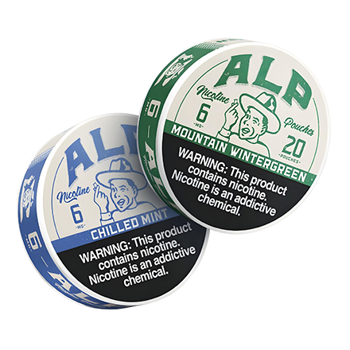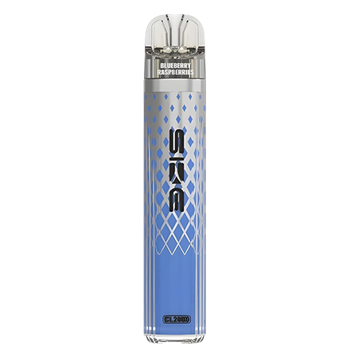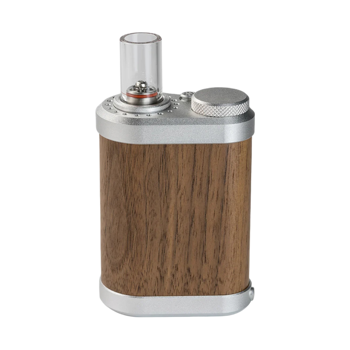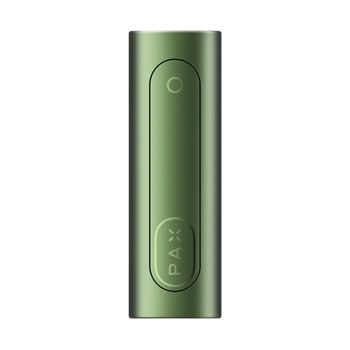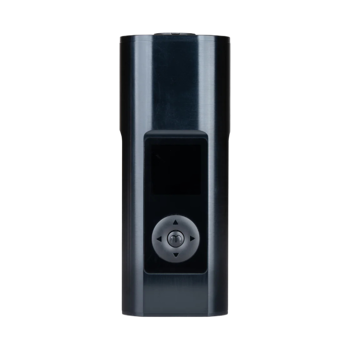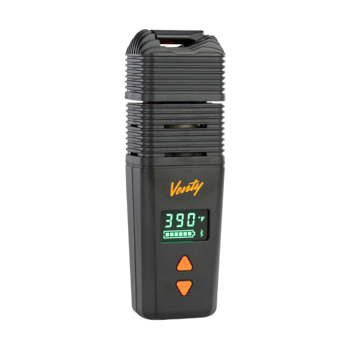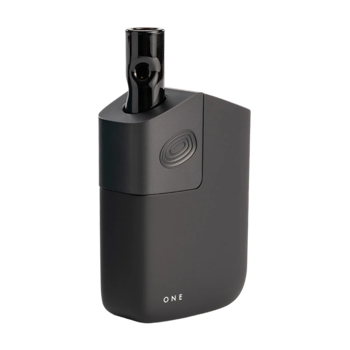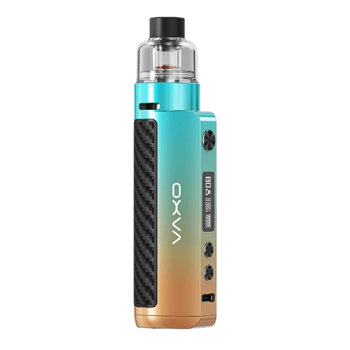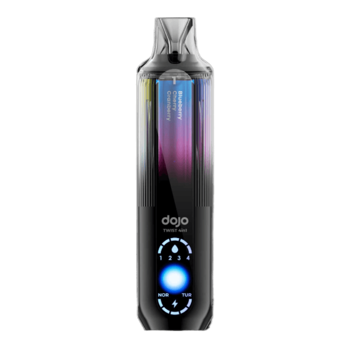Product intro and specs
The Digiflavor DROP V2 is a 24 mm RDA with a unique, space capsule design. Most rebuildable users are familiar with the first DROP from Digiflavor and Brian at TVC - The Vapor Chronicles—however Brian was not involved with this RDA or the DROP V1.5. This isn’t the first time a company has continued to use a particular branding even though that person is no longer collaborating with them.
The V2 has a drop-in style build deck that you drop the coils into—hence the name—with solid posts that no longer have “hoop” style post holes. You can do either single or dual-coil builds, and it claims to do direct lung or restricted direct lung. It has a fixed two-piece cap with a knurled airflow ring that moves incredibly smoothly and allows precise control over the airflow. It also has a deep juice well, which makes it good for dripping or squonking.
So, did Digiflavor go backward when designing this RDA? Keep reading to find out what my thoughts are on the DROP V2.
This RDA was sent to me by Digiflavor for the purpose of this review.
Price: TBA (at Element Vape)
Colors: Silver, black, violet, blue, gunmetal, rainbow.
- Deck diameter 21.3 mm
- Height: 39.5 mm (with drip tip)
- Stainless steel construction
- 810 drip tip
- PEEK insulator
- 4 x 3 mm ID fused Clapton coils (0.4 ohm)
- 4 x 3 mm cotton strips
- 1 x Tri-tool
- 1 x BF pin
- 1 x Accessory bag
- 1 x User manual
Build quality and design
When opening the box, the first thing you will notice is that the RDA is shaped like some kind of space capsule, as if it was designed by NASA. It looks nothing like the original, or the V1.5, other than the DROP logo is still the same. It has the Digiflavor logo with the word “DIGIFLAVOR” printed below it, and there’s the typical branding on the bottom—so there’s a lot of branding.
The barrel and the top cap, which includes the airflow ring, are beveled at the top and bottom, so there are a lot of bevels to go with the branding. It comes with a black, Delrin 810 drip tip, and it comes in six different colors, of which I received the black, silver, and rainbow. I have to admit, the finishes do look nice. However, the logos look like they’re faintly worn off in places.
The RDA measures 24 mm in diameter and is 39.5 mm tall, counting the 510 and the drip tip. It’s 22 mm at the base due to the bevel, which I don’t like personally. I prefer when the barrel goes straight down flush to the mod. If you have a mod with a large plate on the 510 connector like the Aegis Max, it will make the 510-plate look even bigger.
The build deck has an outer diameter of 21.3 mm and has drop-in style posts. The posts are solid without the “hoop” style post holes of the original, which allowed you to snip the coil leads after they’ve been installed. This was one of the issues people were having with the original. The posts had to be thin under the “hoop” so you could get your snips in, and the posts could break if you overtightened your leads. The new posts are solid, so it’s unlikely that they will break, though I have never broken a post on my original DROP and I use it to this day.
One issue that I do have with the original is that, because you can trim the leads after the installation, the sharp ends are exposed. And when I try to untuck the cotton during cotton changes, it gets snagged on those leads. I always have to spend extra time tugging those little strands of cotton out with tweezers. I doubt this was one of the reasons they switched to solid posts, I’m quite certain it was solely because of breaking, but hey, you get the added benefit of not snagging your cotton.
Another issue I have with the original is that when tightening down the post screw, sometimes it would shove the coil lead off to the side, and it would get pinched in the corner of the post hole. And I’m not talking about round wire either, I’m talking about a flat, tri-core fused Clapton. I don’t know if the post screws are too small or if it’s because the post holes have squared-off corners, but the V2 has rounded corners, and I have not yet encountered that problem on this RDA. Was this intentional? I don’t know, but it solved that issue for me.
The V2 is well-machined, as I would expect from Digiflavor, and I couldn’t smell any machine oil—though it wouldn’t hurt to clean it before use. All of the O-ring tolerances are perfect. The tolerance on the airflow control ring is so smooth that when Digiflavor says precise control over the airflow, they mean it. The only problem is that it’s part of the top cap and not removable, which means you won’t be able to thoroughly clean the inside, unless maybe if you soak it. That’s going to be a con. Speaking of airflow, there are two vertical rows of 3 airflow slots on each side for a total of twelve, and they are 4 mm X 1 mm each.
The DROP V2 comes with some accessories, though I felt they could have included more. There are two bags with two 3 mm N80 tri-core fused Clapton coils and two pieces of 3 mm shoelace cotton in each bag for a total of four coils and four cotton laces. I like that they did that. There’s a tri-tool, a BF pin, extra flathead post screws, and O-rings. There’s only one drip tip, and there’s no 510-drip tip adapter or coil cutting guide. There is also a manual, but it doesn’t tell you where to cut the leads, so I’ll tell you what worked for me in the building section of this review.
*Check the kit contents drop-down menu to see all included parts and extras
Build deck and wicking
The DROP V2 build deck has drop-in style posts with flat head grub screws at the sides. The positive posts are separated from the negative by a PEEK insulator, and the negative posts are milled into the deck. Since you can’t cut your leads after installing them, you’ll have to pre-cut them. After that, you just drop your coils in, tighten them down, wick it up, and you’re ready to go. It’s super easy to build.
Building
The RDA has a stainless-steel build deck that has an inner diameter of 19.5 and an outer diameter of 21.3 mm, so there’s plenty of room to build. Because you have to pre-cut your leads, it makes the RDA easier to build than the original because the coils will sit there when you drop them in. No more having to hold them at the correct height while simultaneously trying to tighten the post screws.
The post holes on the V2 are the same size as the original (around 3 mm by 2 mm,) but the corners are rounded instead of square. The six-wrap coils they included dropped right in. There’s ample space, so you could comfortably fit up to 3.5 mm coils for a dual build. You could put in a single coil, but I think this RDA is geared more toward dual coils. As for lead length, I cut mine at 5 mm, and it was perfect for the coils they included. This is for a dual-coil build; did not try a single.
If you cut your leads at 5 mm, they’ll be long enough that you can push the coils closer to the center. Some people like to do this, while others like to leave them sitting on top of the posts so they’ll be closer to the airflow. If you prefer the latter, you could get away with cutting your coils a little shorter, maybe 3.5 mm to 4.5 mm. Some say the flavor is better with your coils closer to the airflow, but I don’t notice a difference.
Wicking
The included shoelace cotton is pretty long, so I actually got away with using one piece for both coils. You just put the cotton through one coil and loop it around through the other and cut it in the middle.
Just like the original DROP, the coils sit pretty high from the deck, so you’ll have to leave plenty of cotton on the ends to reach the deck. Fortunately, the included cotton was also long enough to do that.
There’s no need to comb out your cotton whether you're dripping or squonking, but if you’re squonking, you don’t want to stuff a bunch of cotton onto the deck, or you’ll end up covering the hole on the BF pin.
Airflow
Unlike the honeycomb-style airflow on the original, the DROP V2 has two vertical rows of three airflow slots on each side for a total of twelve, and they are 4 mm X 1 mm each. The original also has a “T” shaped configuration that gives you direct-to-coil and under-coil airflow, whereas the airflow on the V2 is pointed at the posts, so the air has to hit the posts before traveling up and under the coils. It is for this reason that you wouldn’t think the flavor would be as good as the original, but this is not the case at all.
The airflow is really smooth, and there’s plenty of it. With it all the way open, it’s practically like breathing air. Close it all the way down, and there’s a little bit of restriction, but still an airy draw. I have it set halfway, with three holes open and three holes closed on each side, and it’s perfect.
To adjust the airflow, simply turn the knurled airflow control ring. You can cut it down one hole at a time starting with the top row, and if you keep turning it, it will start closing off the second row. You can’t cut off the bottom row, only the top two. I don’t know how they got the airflow ring to turn so smoothly, but I like it, and it hasn’t gotten any looser since I’ve been using it. Hopefully it stays like this, because if it doesn’t, I don’t see any way to fix it. The two pieces are fixed together and do not come apart.
DROP V2 RDA performance
So, do I think they went backward when designing this RDA? Not at all. I think the changes they made to the deck are improvements over the original. I don’t mind not being able to trim my leads after installing them. In fact, having to pre-cut them made them easier to install. The solid posts resolved the issue of over-tightening and breaking, along with cotton getting snagged on the sharp ends of the leads underneath.
The round post holes prevent the leads from getting pinched into the corner, being loose and not making good contact. Although I’ve never broken a post on the original, I do have those other two issues. I suspect they knew about posts breaking, and that’s why they made them solid. But as for cotton getting snagged and leads getting pinched, I’ve never heard of anyone else who had these problems. Maybe it’s just me? Either way, the V2 fixed these issues.
The airflow on the V2 is fantastic. You wouldn’t think it would be as good as the original since it’s directed right at the posts, and since it’s not honeycomb, but I was pleasantly surprised. Open it all the way, and it’s “clouds bro clouds”, though you lose a little of the flavor. Close it down about halfway, and it’s the perfect combination of flavor and vapor. It says you can do direct lung or restricted direct lung, but if you close it down all the way it’s still a pretty airy draw. If you’re thinking of restricted direct lung like the Blotto RTA, it’s not like that.
As far as leaking goes, it is possible for this RDA to leak, especially since the bottom airflow holes are 3 mm lower on the V2 than on the original. I’ve had that one leak many times over the years from oversquonking or tipping it on its side while walking. As for the V2, I’ve only had it leak once so far, and that was from oversquonking. Most of the time, I just notice e-liquid stuck in the airflow holes, but you can take a draw and it sucks it back in.
Pros / Cons
Gallery
Verdict
The original DROP is a better-looking RDA in my opinion, but if you can get past the appearance of the V2, it performs every bit as good as the original. In fact, the more I use it, the more I like it. Really, my biggest cons are how the RDA looks and that the top cap isn’t removable. Maybe the space capsule design wouldn’t be so bad if they hadn’t beveled the base, or maybe it just takes some getting used to.
With that being said, this RDA still vapes fantastic. I know this is subjective, and some people might like how it looks; and if that’s the case for you, get one. You won’t be disappointed. And if you’re just looking for something that vapes well, again, get one. You just might be surprised.
Recommended.
Because of declining cigarette sales, state governments in the U.S. and countries around the world are looking to vapor products as a new source of tax revenue.
The legal age to buy e-cigarettes and other vaping products varies around the world. The United States recently changed the legal minimum sales age to 21.
A list of vaping product flavor bans and online sales bans in the United States, and sales and possession bans in other countries.
President Trump promised during his election campaign to “save vaping," but his administration has undermined that goal at every turn.
The U.S. disposable vape market has grown to $2 billion in annual sales, although nearly none of the products are authorized by the FDA.
More than 30 bills that would impose severe restrictions vaping consumers’ product choices remain active in U.S. state legislatures.

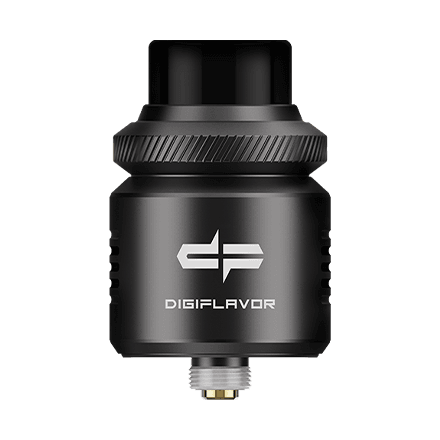
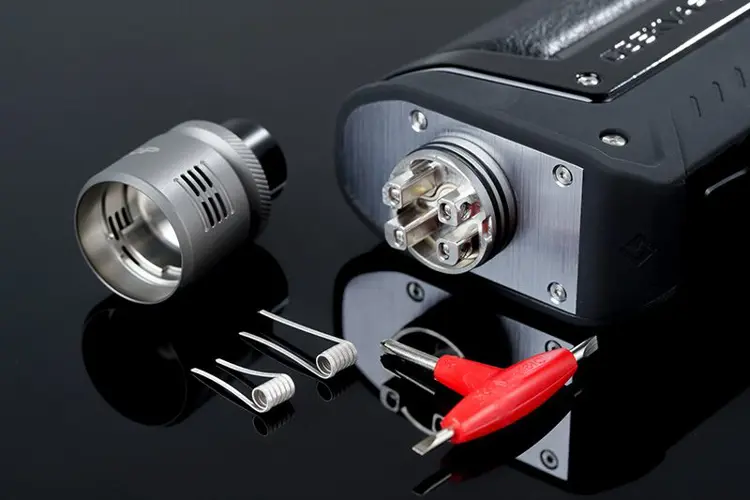
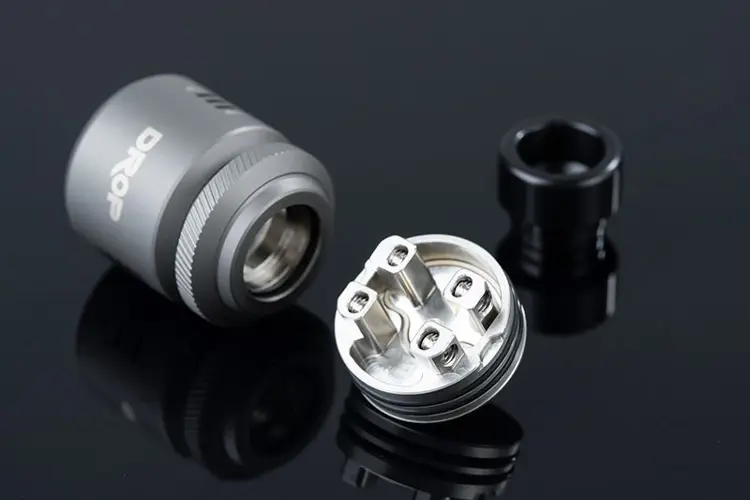

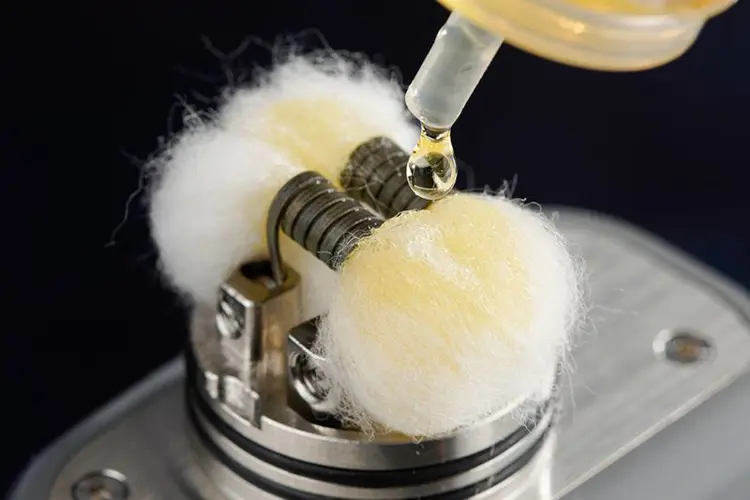

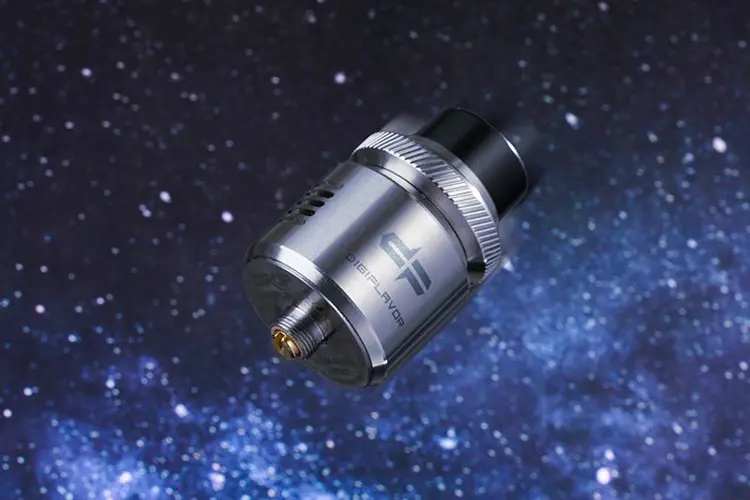
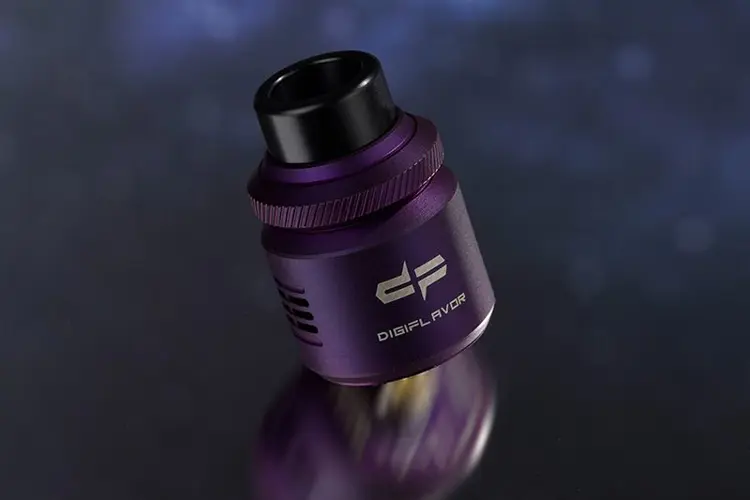
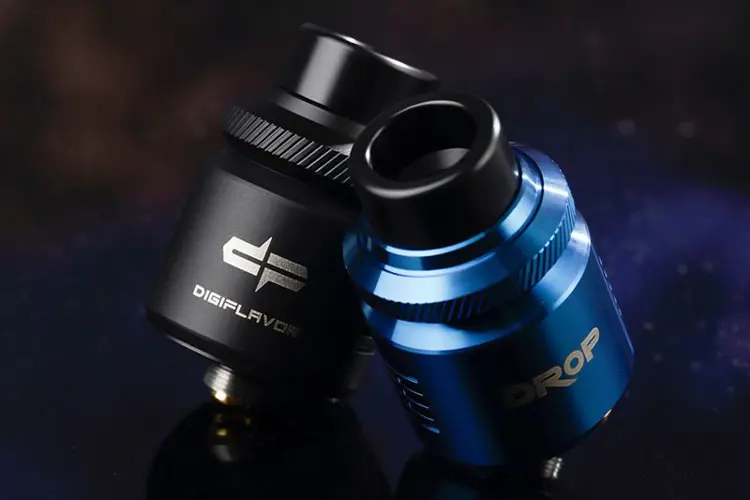

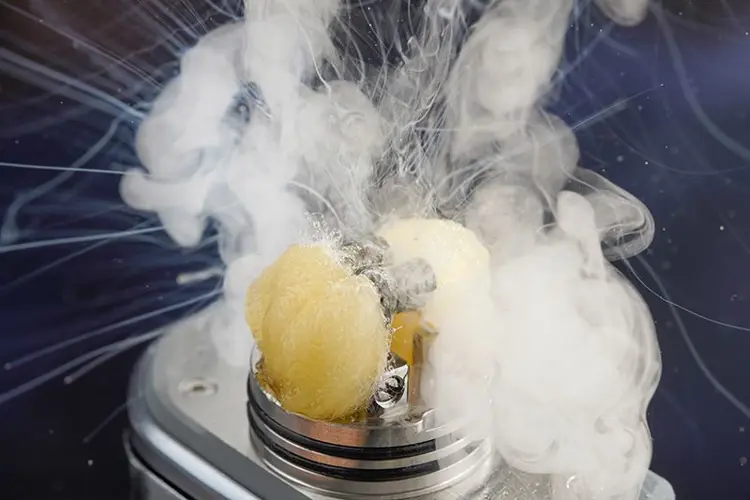






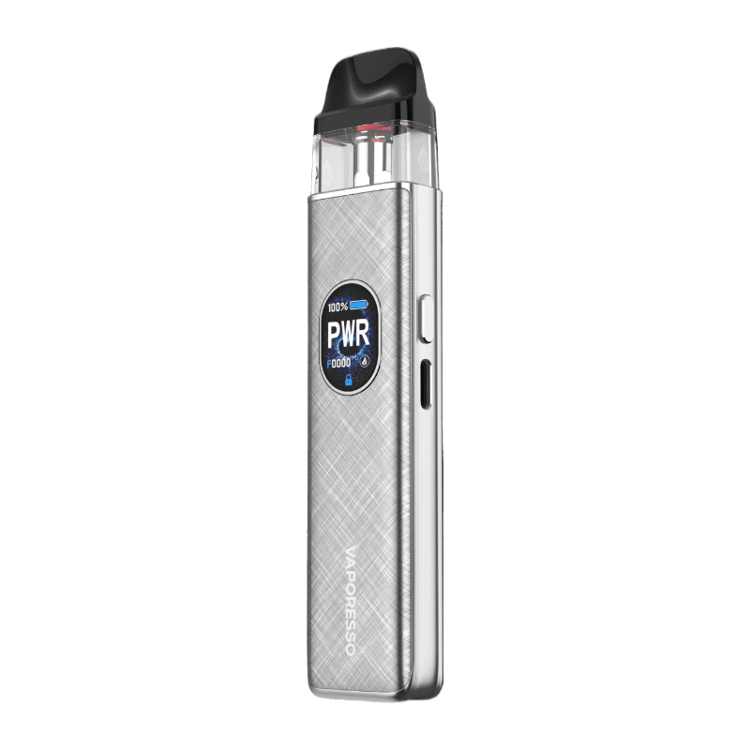
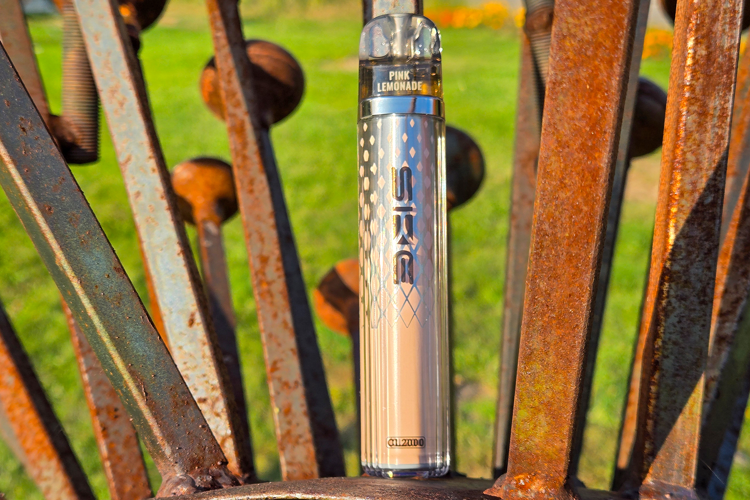

![Image for New Product Releases [August 2025]](https://media.vaping360.com/images/image-f8eb776d.webp?imageType=Standard)
